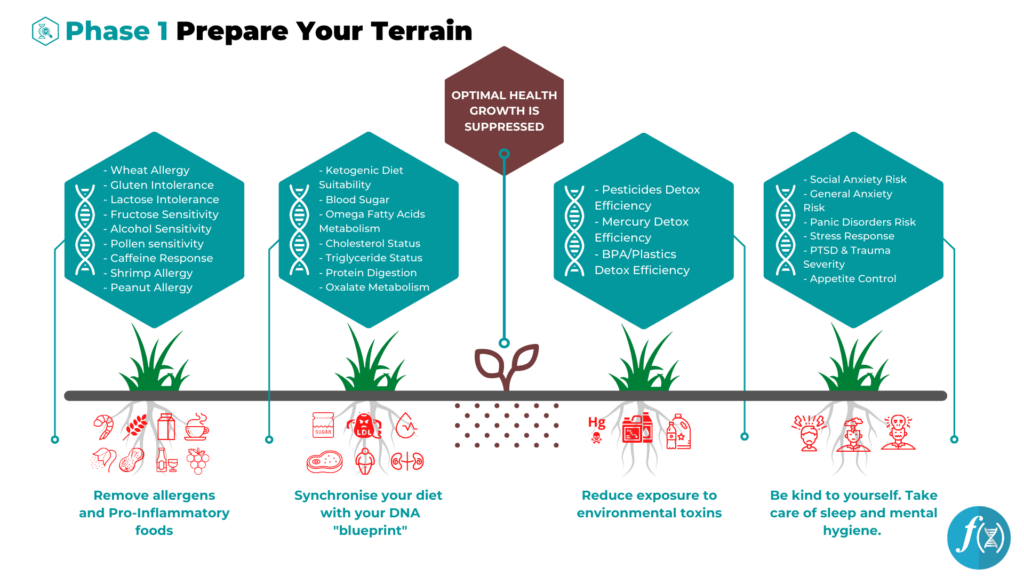More than a year after the outbreak of COVID – 19, 376,000 people in the United Kingdom reported symptoms such as excessive tiredness and other symptoms that are comparable to post-viral fatigue syndromes and ME/CFS (Chronic Fatigue Syndrome.
Despite the fact that most people recover rapidly, some individuals experience symptoms that continue for weeks or months after the illness has gone away.
“A sizeable subset of COVID-19 patients continues to experience chronic persistent symptoms even after recovery from acute infection, such as extreme fatigue, shortness of breath, joint pains, brain fog, and mood swings (2–4). These symptoms persist beyond the acute presentation of the disease and appear to be independent of disease severity. These long-haulers present with a disease portrait distinct from the typical acute COVID-19 disease. They broadly represent patients who have failed to return to their baseline health post-acute COVID-19 infection. >R<
The Long COVID section of your report lists variants on the genes that play a viral defense role in the immune system and are, at the same time, connected to Chronic Fatigue Syndrome and ME (Myalgic encephalomyelitis).
These variants were included based on the premise that CFS is caused by a viral infection that the body is unable to regulate. This would lead to prolonged inflammation and oxidative stress.
An increase in inflammation and an increase in oxidative stress would cause mitochondrial capacity for energy synthesis in the form of ATP to decline.
The suggested pathophysiological mechanism behind this phenomenon would mean an increase in inflammation and a decrease in antiviral activity.
As a result, the virus, or its components, might stay in the body, causing tissue damage and chronic inflammation.
Persistent inflammation which cascades into excessive free radical production (oxidative stress) can lead to mitochondrial damage.
Damaged mitochondria signal activation of the NLRP3 inflammasome which then triggers production of the inflammatory immune components like IL-1 and IL-18 >R<
This kind of vicious loop locks cellular mechanisms into an emergency mode with self perpetuated damage – repair or replace cycle which can steer cellular functions away from their normal, metabolic activities.
A research published in May 2021 adds additional insight on the similarities betweenLong-COVID, ME/CFS, and chronic viral exhaustion.
According to the findings, 67% of long-term COVID patients had Epstein-Barr virus titers that had reactivated, in comparison to only 10 percent in the control group. These symptoms (fatigue, cognitive fog, sleep disturbances, aches and pains in various parts of the body and skin rash) are also seen in Epstein-Barr virus (EBV) patients. >R<
The concept of a post viral syndrome isn’t new and multiple research studies have described a well known set of symptoms that usually involves significant fatigue, muscle pain, brain fog, which occurs after infection with Coxsackie virus, brucellosis, poliovirus, viral meningitis, Ross River virus, and Epstein-Barr virus. .>R<, >R<, >R<
Another research study found that about 17% of COVID-19 patients continued to have fatigue symptoms after their illness. About 3% met the criteria for CFS/ME. To try an distinguish whether the symptoms may be attributed to other traumatic events, the researchers also included PTSD in the study and found no overlap between patients with PTSD and CFS/ME. >R<
Going back to the SARS CoV-1 outbreak, in 2011, a short research looked at the parallels between chronic post-SARS (SARS-CoV-1) and fibromyalgia patients.
The study discovered that those with chronic post-SARS exhibited persistent fatigue, muscular discomfort, weakness, sadness, and non-restorative sleep — symptoms that coincided with those diagnosed with fibromyalgia and ME/CFS. >R<
OTHER POSSIBLE LONG COVID MECHANISMS
Another theory is linked to a study of upregulated genes in people with long COVID, which showed that platelet-related pathways were downregulated and genes involved in transcription, translation, and the cell cycle were upregulated.
The downregulation of platelet-related genes (e.g. platelet factor 4, coagulation factor XIIII) may correlate with the thrombocytopenia (low platelet count) seen in COVID-19 patients and be a source of fatigue. Interestingly, the researchers also identified interferon-related genes as being downregulated.
When a mitochondrion is no longer functioning correctly, it degrades and recycles via a process called mitophagy (autophagy of mitochondria).
In addition to activating the NLRP3 inflammasome cascade (IL-1 and IL-18), damaged mitochondria can trigger interferons and other pro-inflammatory cytokines. Specifically, when mitochondrial DNA leaks, it triggers the immune response, including interferon activation, as a danger signal from the damaged mitochondria.
Some viral infections also trigger mitophagy, or mitochondrial destruction, which works to help the virus evade the immune response.
Thus, we have immune system activation causing mitochondrial damage as well as mitochondrial damage-causing immune system activation. In a trap of decreased cellular energy, fatigue persists.
Gut Health
According to Nature, two research teams have published findings that suggest SARS-CoV-2 fragments can linger in the gut for months after an initial infection.
“The findings add to a growing pool of evidence supporting the hypothesis that persistent bits of virus – coronavirus “ghosts”, as Stanford Medicine oncologist and geneticist Ami Bhatt has called them, linger on in the body months after “recovery” from infection.”
We touched on this issue in our June ’21 Facebook post, following a similar Harvard report.

